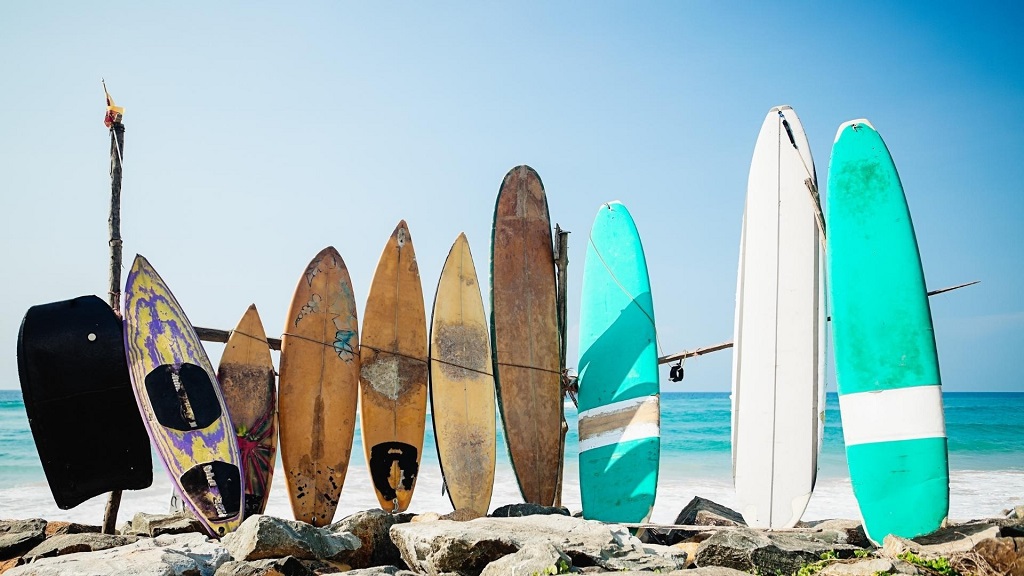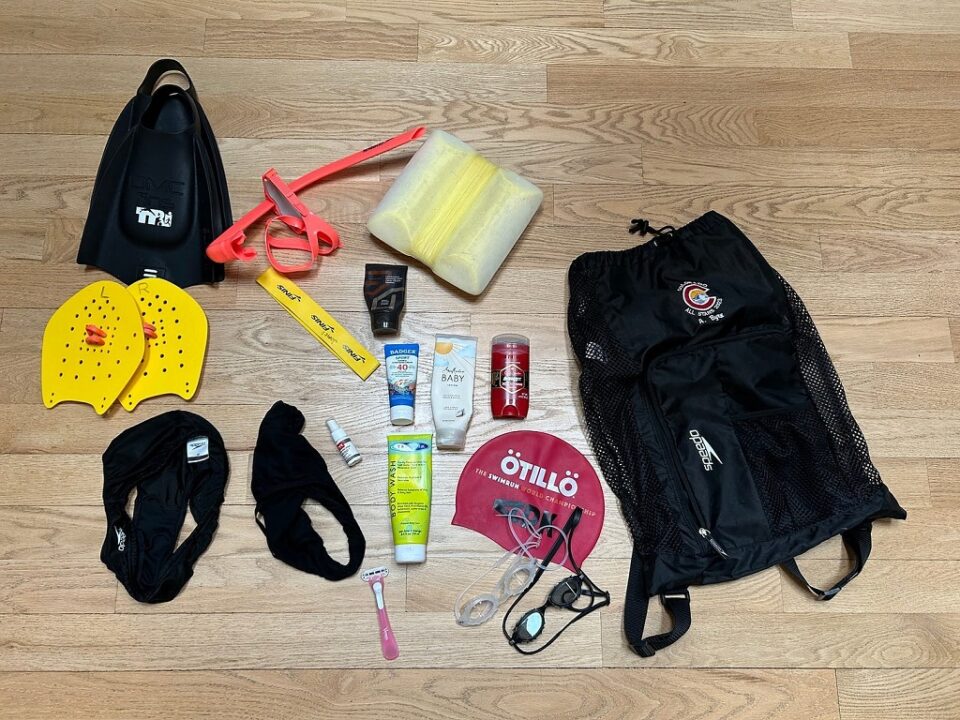Types of Surfboard for Beginners: Choose the Best Board to Start Surfing

What If You’re Not Selected on Indeed: Understanding and Overcoming Job Application Rejections
July 21, 2025
Steampunk Victorian Dolman Costume Ideas
July 24, 2025Starting your surfing journey can feel overwhelming, especially when choosing your first board. The right surfboard makes all the difference between frustration and falling in love with the waves. At Cool Surfing Gear, we understand that selecting the perfect surfboards for beginners sets the foundation for years of ocean adventures ahead.
Choosing the wrong surfboard can lead to countless wipeouts and discouragement. However, understanding the different types of surfboard for beginners will help you make an informed decision that accelerates your learning curve. Additionally, the right board provides stability, forgiveness, and confidence as you develop your fundamental skills.
Most surf instructors recommend starting with specific board types that prioritize safety and learning over performance. Therefore, this guide explores the most suitable options for newcomers to help you catch your first waves successfully.
Table of Contents
ToggleWhy Board Selection Matters for Beginners
Your first surfboard significantly impacts your learning experience and safety in the water. Beginners need maximum stability and buoyancy to develop proper positioning and balance. Furthermore, forgiving boards reduce the risk of injury during inevitable falls and collisions.
Professional surf instructors consistently emphasize that students progress faster on appropriate beginner boards. The extra foam and length provide crucial stability during the learning phase. Moreover, these boards help build confidence, which is essential for overcoming the mental barriers that new surfers face.
Foam Surfboards: The Ultimate Beginner Choice
Foam boards represent the gold standard for surfing newcomers. These soft-top boards feature foam construction that provides excellent safety and forgiveness. Additionally, foam boards typically measure between 8 to 10 feet in length, offering maximum stability for learning basic techniques.
The soft foam construction prevents serious injuries during wipeouts and collisions. Therefore, most surf schools exclusively use foam boards for beginner lessons. These boards also float exceptionally well, making it easier to paddle and catch waves.
However, foam boards have some limitations. They lack the performance characteristics needed for advanced maneuvers. Nevertheless, they remain the safest and most effective option for first-time surfers.
Longboards: Classic Stability and Style
Traditional longboards offer another excellent option for beginning surfers. These boards typically measure 9 to 12 feet in length with rounded noses and wide profiles. Additionally, longboards provide exceptional stability and wave-catching ability due to their generous surface area.
The extra length creates a stable platform that helps beginners find their balance more easily. Furthermore, longboards catch waves earlier than shorter boards, giving beginners more opportunities to practice. Many experienced surfers continue riding longboards for their relaxed, stylish approach to surfing.
Longboards work particularly well in smaller, gentler waves that are ideal for learning. However, they can be challenging to transport and maneuver due to their size and weight.
Mid-Length Boards: The Perfect Compromise
Mid-length surfboards bridge the gap between longboards and shorter performance boards. These boards typically range from 7 to 8.5 feet in length, providing good stability while remaining manageable. Additionally, mid-length boards offer more maneuverability than traditional longboards.
These versatile boards work well in various wave conditions and skill levels. Therefore, many surfers choose mid-length boards as they progress beyond the absolute beginner stage. The reduced length makes them easier to handle both in and out of the water.
Mid-length boards also transition better to smaller, more performance-oriented boards as skills improve. However, they provide less stability than full longboards, which may challenge complete beginners.
Hybrid Boards: Modern Innovation for Learning
Hybrid surfboards combine elements from different board styles to create user-friendly options. These boards often feature wider noses, fuller rails, and increased volume for stability. Additionally, modern hybrids incorporate design elements that enhance wave-catching ability and forgiveness.
Many hybrid designs cater specifically to beginner and intermediate surfers. The increased volume helps with paddling and stability, while refined shapes improve performance. Furthermore, hybrids often work well in a broader range of wave conditions than traditional designs.
According to Surfline, hybrid boards have become increasingly popular among surf schools and rental operations due to their versatility and user-friendly characteristics.
Key Features to Look for in Beginner Boards
Several critical features determine whether a Surfboard for Beginners surfers. Length plays a crucial role in stability, with longer boards providing more forgiveness. Additionally, width affects paddling efficiency and stability, with wider boards being more beginner-friendly.
Volume represents another essential consideration. Higher volume boards float better and paddle easier, making them ideal for newcomers. Therefore, beginners should prioritize boards with generous volume over sleeker, lower-volume options.
Nose shape also impacts performance. Rounded noses provide more stability and forgiveness than pointed noses. Furthermore, softer rails (edges) are more forgiving during learning phases than sharp, performance-oriented rails.
Common Mistakes When Choosing First Boards
Many Surfboard for Beginners make costly mistakes when selecting their first surfboard. The most common error involves choosing boards that are too short or narrow for their skill level. Additionally, some beginners prioritize aesthetics over functionality, leading to poor learning experiences.
Another frequent mistake involves buying used boards without considering their condition or suitability. Damaged or inappropriate boards can hinder progress and create safety hazards. Therefore, beginners should seek expert advice before making their first purchase.
Some newcomers also underestimate the importance of proper sizing based on their height, weight, and fitness level. Professional guidance helps ensure optimal board selection for individual needs and circumstances.
Budget Considerations for Beginner Surfers
Surfboard prices vary significantly based on construction, brand, and features. Foam boards typically represent the most affordable option for beginners, ranging from budget-friendly to mid-range prices. Additionally, these boards offer excellent value considering their safety benefits and durability.
New longboards and mid-length boards generally cost more than foam alternatives. However, used boards can provide good value if carefully inspected for damage. Furthermore, many surf shops offer rental programs that allow beginners to try different boards before purchasing.
Consider the total cost of surfing, including wetsuit, leash, and other accessories. Therefore, allocating budget appropriately ensures you have all necessary equipment for safe, enjoyable sessions.
Maintenance and Care for Beginner Boards
Proper board care extends lifespan and maintains performance characteristics. Rinse boards with fresh water after each session to remove salt and sand. Additionally, store boards in shaded areas away from direct sunlight and extreme temperatures.
Inspect boards regularly for dings, cracks, or other damage that could worsen over time. Minor repairs should be addressed promptly to prevent water intrusion and further damage. Furthermore, use protective board bags during transport to minimize impact damage.
Regular waxing maintains traction and grip on the board surface. Therefore, learn proper waxing techniques and maintain appropriate wax coverage for optimal performance and safety.
Read More Also: Tips for Taking Better Pictures In Any Setting
Conclusion
Selecting the right surfboard is crucial for a positive introduction to surfing. Foam boards offer the safest, most forgiving option for complete Surfboard for Beginners, while longboards provide classic stability and style. Mid-length and hybrid boards serve as excellent stepping stones as skills develop.
Remember that the best begSurfboard for Beginners inner board prioritizes safety, stability, and forgiveness over performance characteristics. Therefore, focus on boards that help build confidence and fundamental skills rather than advanced features you are not ready to utilize.
Take time to research options, seek professional advice, and consider trying different boards through lessons or rentals before making your first purchase. With the right board beneath your feet, you will be well-equipped to begin your exciting surfing journey.
Read More Also: Five Transformative Benefits of Big Data in Business
Frequently Asked Questions
Q: What size surfboard should a beginner choose?
A: Beginners should choose boards that are 2-3 feet taller than their height. Additionally, the board should have plenty of width (at least 20-22 inches) and volume to provide maximum stability and buoyancy during the learning phase.
Q: How much should I spend on my first surfboard?
A: Quality foam Surfboard for Beginners typically range from $150-$400, while new longboards can cost $300-$800. However, consider used boards or rental programs to reduce initial investment while you develop your skills and preferences.
Q: Is it better to buy or rent a surfboard when starting?
A: Renting initially allows you to try different board types and sizes before committing to a purchase. Additionally, rental programs help you understand your preferences without the significant upfront investment of buying new equipment.
Q: How long should I use a beginner board before upgrading?
A: Most beginners should use their first board for at least 6-12 months of regular surfing. However, upgrade timing depends on your progression rate, comfort level, and desire to tackle more challenging waves or maneuvers.
Q: Can I learn to surf on a shortboard?
A: Learning on shortboards is not recommended Surfboard for Beginners. These boards lack the stability and volume needed for developing fundamental skills. Therefore, start with longer, more forgiving boards before transitioning to shorter, performance-oriented designs.





